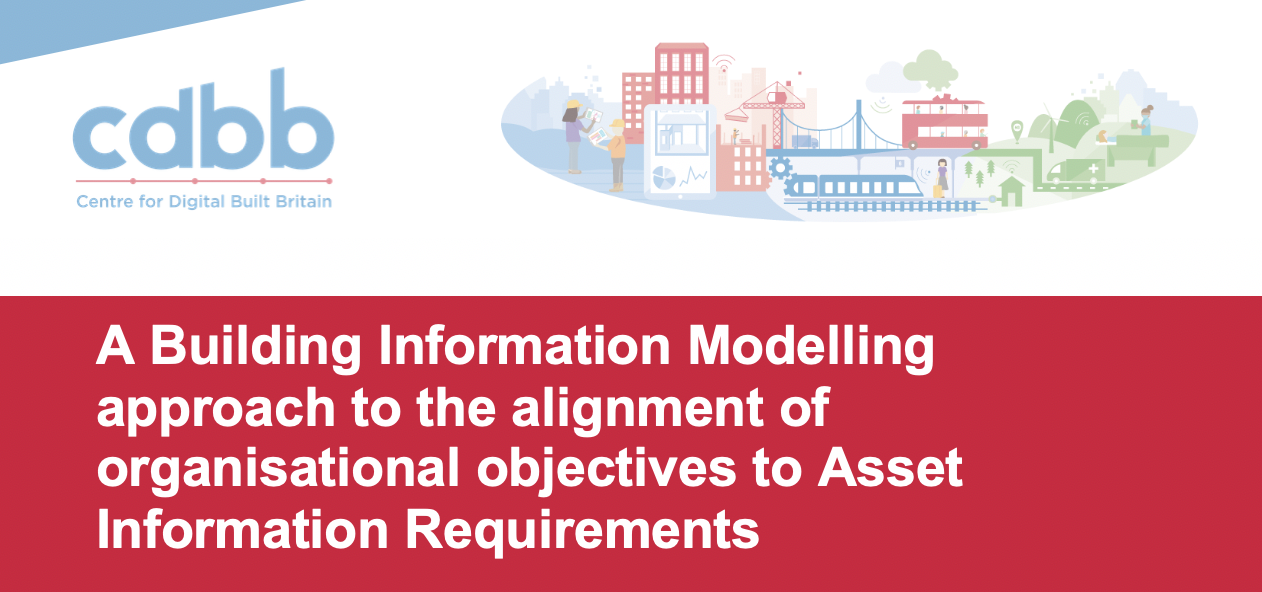
Submitted by Angela Walters on Wed, 27/11/2019 - 12:18
A Building Information Modelling approach to the alignment of organisational objectives to Asset Information Requirements
- Organisational lead development of information requirements
- Bridging the gap between organization and Asset Information Requirements
- Utilising building information modelling within Engineering Asset Management
- Extension to the current building information modelling requirements framework
- Proposes a new set of information requirements, functional information requirements
Abstract
It is critical that an asset-centric organisation understand the importance of their engineered assets to operate successfully. Despite this, organisations struggle to view assets within the context of whole-life management and ultimately struggle to harness their full potential value. A recurring theme is the challenges in capturing, storing and validating data across a diverse and complex asset portfolio. The primary reason for this is the fundamental lack of understanding of what information should be collected to support the efficient management of assets throughout their life. Asset-related information that is not collected in alignment to the organisational requirements will restrict the performance of capital investment decisions, risk management and operational performance throughout the whole life of the asset portfolio and ultimately have an impact on productivity. This paper presents a top-down methodology that utilises Building Information Modelling to support the development of Asset Information Requirements. The novel aspect of this approach is the development of Functional Information Requirements to bridge the gap between organisational requirements and Asset Information Requirements.
This paper was published in 'Automation in Construction', Volume 104, August 2019, Pages 14-26.
https://doi.org/10.1016/j.autcon.2019.03.022
